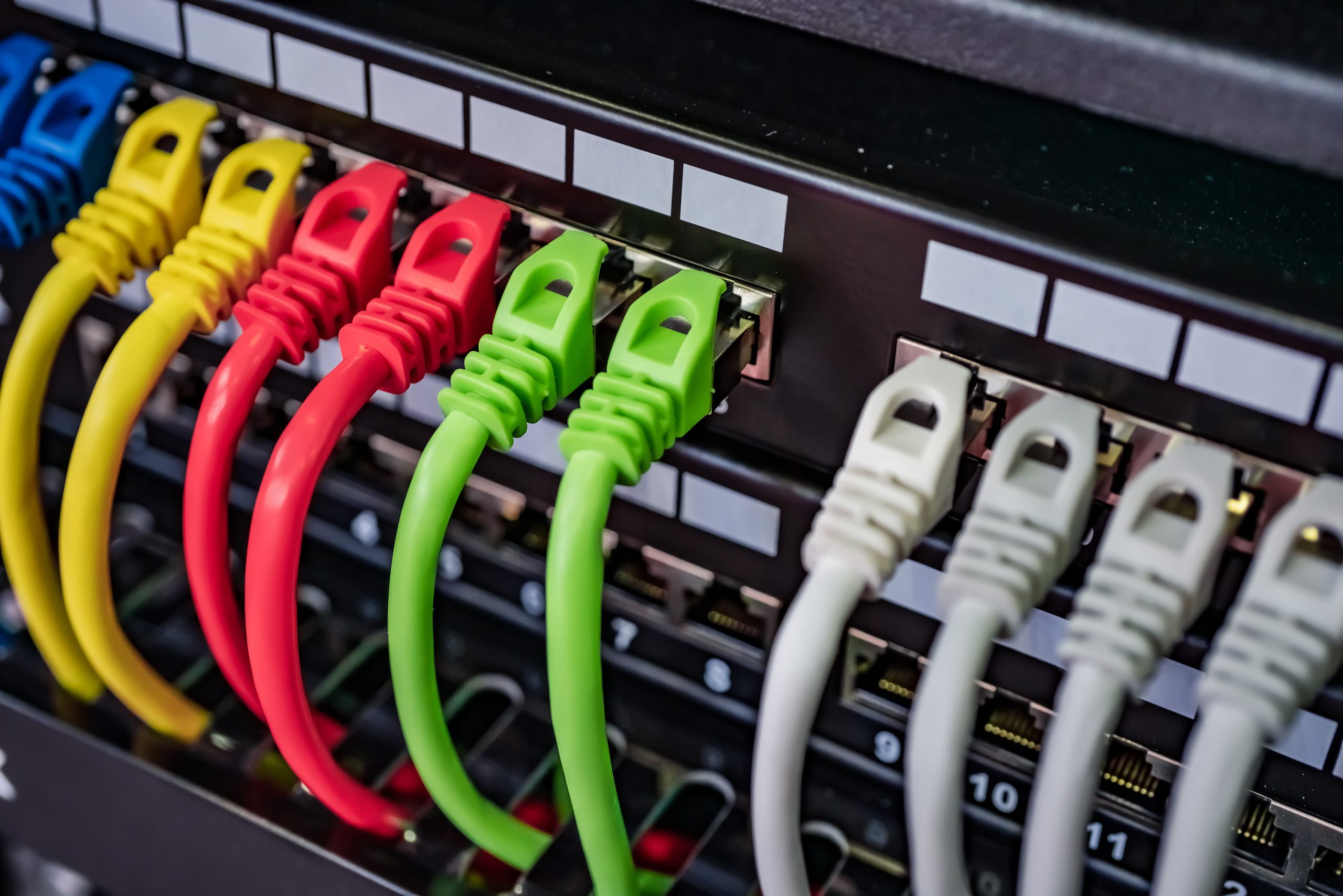Types of Cables Used for Data Cabling
When it comes to data cabling, there are three main types of cables you can use to connect your systems. All these cables differ in their construction and the advantages they offer. Let’s take a look at the three cable types and their advantages.
The 3 Different Types of Cables Used for Data Cabling
1. Fiber Optic Cable
Fiber optic cable is constructed out of a bundle of glass threads, each of which carries data in the form of light waves. The design and structure of fiber optic cables are quite complex. The cable has an external optical casing that covers the light causing total internal reflection thereby trapping the light within a central core.
Advantages
- Very high bandwidth levels
- Difficult to intercept data therefore are more secure
- Can withstand temperature and water fluctuations
- Fiber optic is unaffected by electromagnetic interferences
2. Twisted Pair Cable
Twisted pair cables are manufactured by twisting two individual insulated wires together and running them parallel with one another. This helps in reducing electromagnetic induction or crosstalk between the two wires. These are one of the most common types of cables widely used to connect many household and business computers to the phone provider.
Twisted pair cables come in two different types: shielded twisted pair (STP) and unshielded twisted pair (UTP). As their name suggests, one has a shielding layer while the other does not. The most common UTP include cat6, cat6a, and cat7.
Advantages
- Easy to setup and configure
- Can carry analogue and digital data
- Easy to install and uninstall
- Provides great performance for short distances
3. Coaxial cable
Coaxial cables are essentially copper cables having an inner conductor made of copper surrounded by foam insulation, wrapped over by a woven braided metal shield and a plastic jacket. The coaxial cables offer a high-frequency transmission capacity which is 80 times higher than twisted-pair cables. Feedlines linking radio transmitters, delivering cable television signals, and computer network connections, all use this type of cable.
Advantages
- Can support high bandwidth
- Can be used to deliver data as well as power to appliances
- Are quite durable
- Easy to install and locate
Concluding Thoughts
Choosing between the three types of cables mentioned above depends on your data cabling requirements and network topologies. Therefore, carefully evaluate your system before making a choice.

